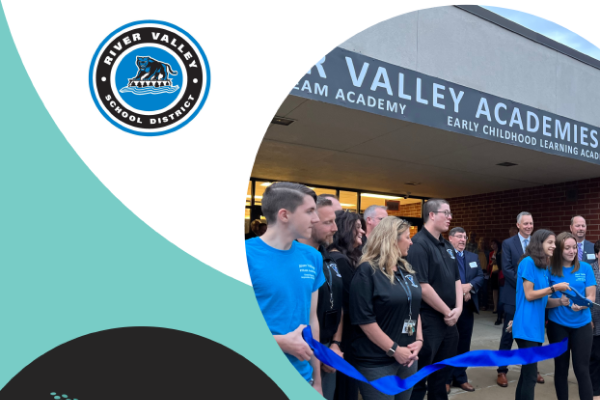What We Learned About Supporting Staff Growth
February 01, 2017
Focus: Personnel Evaluation
For years, teacher evaluations have been looked upon as bureaucratic exercises. In our school district, teachers often lamented that an evaluation was something that was done to them, rather than with them.
When Colorado established new educator evaluation requirements in 2011, we decided to create a new evaluation system for our teachers and principals. From the outset, our district partnered with the teachers’ association, which has been instrumental to our success. Together, we’ve worked to build the consensus, respect and trust that are crucial to support educators’ professional learning and growth.
Over the past four years, we’ve learned a few things about implementing a better educator evaluation process. Consider the following tips learned from our experience.
Don’t rush the process.
Our Educator Effectiveness Committee took two years to develop our evaluation system. We discussed our worst fears and best hopes and created a school district belief statement for principal and teacher effectiveness. We used this statement to guide our work as we examined different evaluation models and then constructed the standards, elements and professional practices of our system.
When we finished, however, we didn’t just send this new evaluation system out to our schools and say, “Good luck!” Instead, we launched a one-year introduction. We found this “hold-harmless” year gave principals and teachers the freedom to practice using it without worrying about consequences, which made it easier to embrace.
Create district lesson plans to provide clarity and consistency.
From surveys and focus groups, we discovered many teachers were unclear about our previous evaluation standards, even though we’d been using them for years. To prevent that problem, our professional learning department created lesson plans to explain the new teacher standards and evaluation process.
During a two-day district training, we guided principals and teacher leaders through these ready-made lesson plans. When they returned to their schools, they used these plans to provide monthly professional development for their teachers, which resulted
in greater clarity and consistency districtwide.
Provide ample opportunities for practice.
In addition to that initial training, we provided professional learning opportunities at monthly principal and assistant principal meetings. These trainings focused on topics related to the new teacher standards and evaluations, such as setting SMART goals and implementing strategies to conduct more beneficial, intentional conversations with staff members.
More importantly, these trainings gave our administrators the opportunity to practice these strategies with each other. This allowed them to experience what it felt like to be on both sides of the table, which increased their sensitivity to teachers’ needs. This process also helps to improve inter-rater reliability, which is something we continue to work on.
Provide ongoing support for new technologies.
As part of our new evaluation system, we partnered with Performance Matters, a consulting firm in Sandy, Utah. It supports our online system, MyPassport, which integrates both our evaluation system as well as professional learning. This online solution provides a centralized location for every school district employee to access their evaluations and professional learning using one set of login credentials. As a result, we can now easily connect evaluations to professional development systemwide.
Again, we took our time to help teachers and administrators become familiar with this new technology. Part of this process involved creating print and video resources. We developed flowcharts clearly outlining teacher and administrator responsibilities. We created YouTube videos and printed materials to guide them step-by-step through common processes. It allowed teachers and principals to become comfortable with the new processes at their own pace.
Move the focus from evaluation to professional growth and learning.
With MyPassport, administrators and evaluators now have on-demand access to dashboards and reporting tools so they immediately can give educators targeted, actionable feedback. Further, they can require or recommend professional development based on each educator’s areas of need. Teachers also are enjoying the opportunity to use their evaluations to self-direct their professional growth by accessing an online catalog of resources and courses geared to their position and needs.
Because our educator evaluation system was developed through meaningful collaboration and we took the time to do it right, it’s more effective, useful and valuable to all employees. As a result, teachers no longer feel that an evaluation is something that’s done to them. Instead, they feel that evaluations are done in partnership with them — and with a mindset focused on professional growth.
Author
Advertisement
Advertisement
Advertisement
Advertisement



